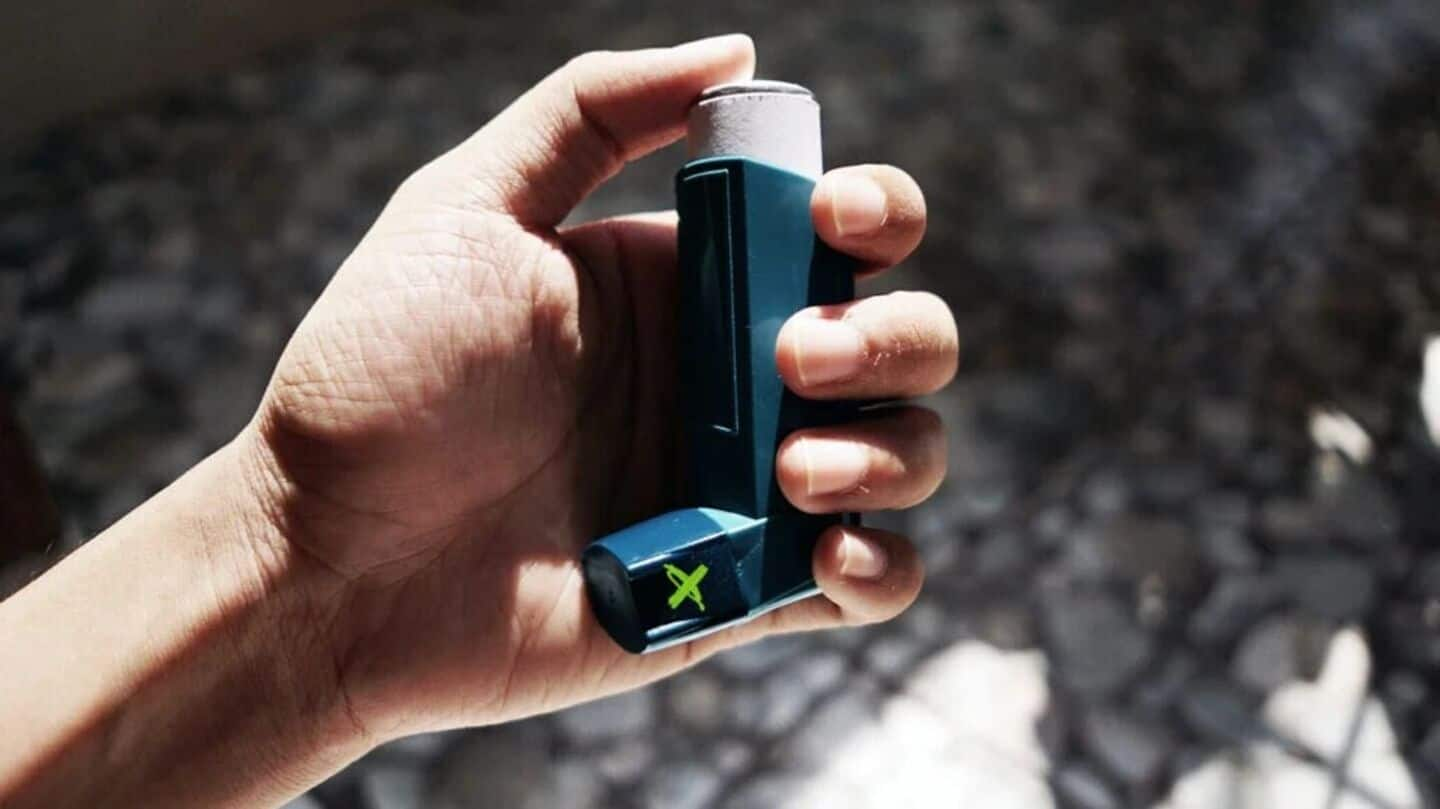**Your Asthma Inhaler Might Not Be Good for the Environment**
*By Dwaipayan Roy | Oct 07, 2025, 08:03 pm*
A recent study has revealed that inhalers used to treat asthma and chronic obstructive pulmonary disease (COPD) significantly contribute to greenhouse gas emissions. Conducted by scientists from the University of California and Harvard University, the research found that these devices produce annual emissions equivalent to those of over half a million petrol-powered cars in the US alone.
The study’s findings were published in the *Journal of the American Medical Association* and highlight an often-overlooked environmental impact of common medical treatments.
### Metered-Dose Inhalers: The Biggest Culprit
The research examined global warming pollution from three types of inhalers between 2014 and 2024. It found that metered-dose inhalers (MDIs), which use hydrofluoroalkane (HFA) propellants to deliver medication, are the most damaging. These devices accounted for a staggering 98% of inhaler-related emissions over the decade.
In total, US patients with commercial insurance and government programs such as Medicaid and Medicare produced an estimated 24.9 million metric tons of carbon dioxide equivalent during this period—highlighting a significant environmental footprint.
### Eco-Friendly Alternatives Exist but Are Not Widely Used
Unlike metered-dose inhalers, dry powder inhalers (DPIs) and soft mist inhalers do not use propellants. DPIs rely on a patient’s breath to release medicine, while soft mist inhalers convert liquid medication into a fine spray. Both alternatives have a much lower environmental impact.
William Feldman, lead author from UCLA, emphasized that only a small portion of patients actually require metered-dose inhalers for their treatment. Despite this, the adoption of these greener alternatives remains limited.
### Barriers to Adoption: Insurance and Market Challenges
Feldman pointed out that most patients could switch to dry powder or soft mist inhalers. However, insurance coverage and market barriers have slowed their uptake in the United States.
For instance, a dry-powder version of albuterol—the most commonly used inhaler drug—is available but typically not covered by insurance. Additionally, budesonide-formoterol, a drug widely sold in dry powder form across Europe, is not presently available in the US market.
### Calling for Policy and Pricing Reform
Feldman stressed that this research is not about blaming patients but rather a call for policy reform to make lower-emission inhalers more accessible. A related commentary in *JAMA* by Alexander Rabin of the University of Michigan echoed this sentiment, urging insurers and policymakers to ensure that environmentally friendly inhalers are affordable and accessible to everyone.
As awareness grows about the environmental impact of medical devices, policy changes and improved insurance coverage could play critical roles in reducing the carbon footprint of asthma and COPD treatments while maintaining patient care quality.
https://www.newsbytesapp.com/news/science/asthma-inhalers-pollute-as-much-as-half-a-million-cars/story

Be First to Comment